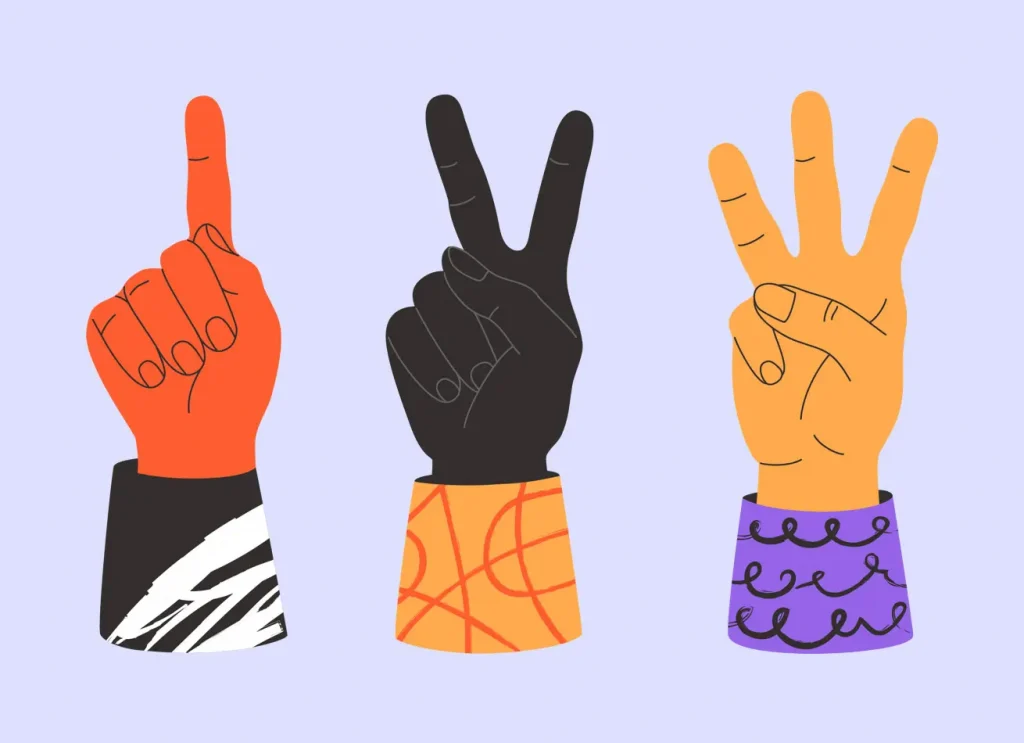When designing a website, it is essential to consider the type of website, level of control, cost, and user experience when choosing a platform. Additionally, optimizing for mobile devices is key as they account for more than half of website traffic. Visual cues and best practices for mobile optimization should be implemented for an effective user experience.
Designing a website can be a daunting task for any beginner. But with the right tips, tricks and creative ideas, anyone can create a stunning website that is both visually appealing and user-friendly. In this article, we'll discuss the basics of website design, including choosing the right platform, using visual cues to create an engaging user experience and optimizing for mobile. With these tips, you'll be able to create a professional-looking website in no time.
- 1. Choosing the Right Platform for Site Design
- 2. Using Visual Cues to Create an Engaging User Experience
- 3. Optimizing for Mobile: Tips and Best Practices
1. Choosing the Right Platform for Site Design
When it comes to designing a website, the platform you choose to use is a critical decision. The right platform can make the entire process simpler and faster, while the wrong one can cause you numerous issues and delays. To make sure you choose the right platform for your web design project, it's important to take a few things into consideration.
First, consider the type of website you are creating. Different platforms offer different features and capabilities, so it pays to choose one that best suits the type of website you're working on. For example, if you're creating an ecommerce store, then you'll want to choose a platform that offers features like secure payments, shopping cart integration, and customer accounts.
Second, consider the level of control you need over your website. Some platforms offer limited customization options, while others offer more control and flexibility. For example, if you need to customize every aspect of your site, from the layout to the functionality, then you'll want to opt for a more powerful platform.
Finally, consider the cost. Different platforms come with different price tags, so it's important to take a look at your budget and determine which platform is the most cost-effective for your particular project.
By taking these factors into account, you can make sure you choose the right platform for your website design project. With the right platform, you'll be able to create a website that's both attractive and functional.
2. Using Visual Cues to Create an Engaging User Experience
Visual cues are a great way to create an engaging user experience for website visitors. This involves using elements such as colors, shapes, fonts, and images to draw attention to certain areas of the page and guide viewers to the desired destination. For example, using a bright color to highlight a call-to-action button can draw the eye and encourage someone to take action. Additionally, using a larger font size for headings and subheadings can help visitors quickly scan the page and find the information they need. Images are also a great way to create a visual cue that draws attention and helps break up the content on the page. A well-designed website should use visual cues throughout to create an inviting and enjoyable user experience.
3. Optimizing for Mobile: Tips and Best Practices
When designing a website, it's important to optimize for mobile devices. Mobile devices account for more than half of global website traffic, so ensuring your site is properly optimized for mobile is essential. Here are some tips and best practices for optimizing your site for mobile:
• Use a mobile-first approach. This means designing the mobile version of your site first, and then adapting the desktop version to match. This will ensure that no matter what device visitors are using, they'll be able to access your content.
• Make sure your site loads quickly. Mobile users often don’t have access to high-speed internet, so it's important to make sure your site is optimized for fast loading times. Use compressed images and minimize the number of HTTP requests.
• Scale your content for different devices. Make sure your text and images scale to fit different screen sizes, so your content is easy to read on any device.
• Design for touchscreen devices. Touchscreens are the most common type of mobile device, so make sure your site works well on touchscreens. This means avoiding features that require precise mouse movements, such as hover effects.
Optimizing for mobile is essential for any website. Following these tips and best practices can help ensure visitors have a great experience on any device.
Designing a website is an important process for any business. By choosing the right platform for the site design, using visual cues to create an engaging user experience, and optimizing for mobile, businesses can create a website that meets their needs and provides an enjoyable experience for their users. With careful consideration of all the factors involved in website design, businesses can create a website that will help them reach their goals and objectives.



